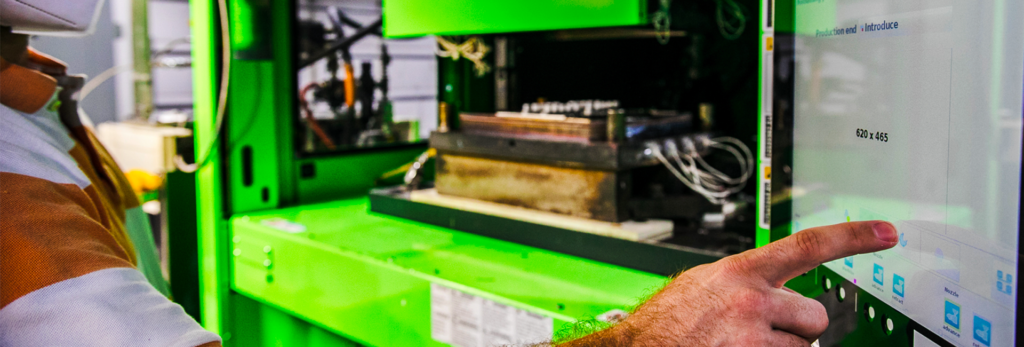
WEEE Compliance and Its Impact on the Silicone Molding Industry
In our increasingly eco-conscious world, industries across the board are reassessing their practices to ensure environmental responsibility. The silicone molding industry is no exception. This blog explores the relevance of Waste Electrical and Electronic Equipment (WEEE) compliance within this sector, detailing what it is, its requirements, and the implications for businesses involved in silicone molding.
What is WEEE Compliance?
WEEE compliance refers to adherence to the Waste Electrical and Electronic Equipment Directive, a piece of European Union legislation aimed at reducing the environmental impact of discarded electronic and electrical equipment. The directive requires the responsible disposal, recycling, and recovery of electronic wastes to prevent hazardous substances from damaging the environment. This involves proper collection, treatment, and recovery of products at the end of their lifecycle.
Key Requirements of the WEEE Directive
The WEEE Directive sets several key obligations for manufacturers and distributors of electronic and electrical equipment (EEE), including:
- Registration: Companies must register with a national body and report the amount of EEE they put on the market.
- Collection and Recycling: Firms are required to facilitate the collection of WEEE and achieve certain recycling and recovery rates.
- Product Design: Encourages the design of new products that are easier to recycle.
- Reporting: Annual reporting of the volume of products placed on the market, as well as the quantities of waste collected and recycled.
Impact on the Silicone Molding Industry
Silicone molding plays a crucial role in the manufacturing of components for electronic and electrical devices, from keypads to seals and gaskets. The WEEE Directive impacts the silicone molding industry in several significant ways:
- Material Selection and Product Design:
The directive encourages the use of environmentally friendly materials that are easier to recycle. Companies might need to reconsider their material choices, potentially shifting towards more recyclable silicone formulations.
The directive also affects the design process. Products must now be designed not only for performance and cost-effectiveness but also for ease of disassembly and recycling. This may require new manufacturing techniques and tooling.
- End-of-Life Responsibility:
Silicone molding companies need to consider the end-of-life stage of their products more seriously. This includes providing instructions for disassembly and facilitating the recycling of silicone components.
- Operational Adjustments:
Compliance may require changes in operations, such as setting up systems to take back waste products or forming partnerships with recycling firms.
- Increased Costs:
Adhering to WEEE regulations can lead to increased costs, including fees for compliance schemes, investments in new design and production techniques, and potentially higher raw material costs. However, these can be offset by long-term savings in waste management and by building a reputation as an environmentally responsible business.
- Market Opportunities:
Companies that proactively embrace WEEE compliance can enhance their brand image, appeal to environmentally conscious consumers, and potentially open up new markets. There is a growing demand for green technologies and sustainable materials, which compliant companies can capitalize on.
WEEE compliance is not just a regulatory requirement; it represents a significant opportunity for innovation and leadership in sustainability within the silicone molding industry. By adopting environmentally friendly practices, companies can not only comply with legal requirements but also contribute positively to the environment and society, gaining a competitive edge in the process. As we move forward, integrating these practices will become increasingly crucial for sustainable growth and success in the electronics sector.








